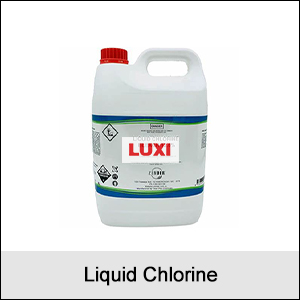1. Liquid Chlorine Overview
Liquid chlorine (Cl2) is a dense, yellow-green gas at room temperature that is typically stored and transported in its liquid form under pressure. It is highly reactive and widely used in various industrial, commercial, and environmental applications.
2. Properties of Liquid Chlorine:
- Chemical Formula: Cl2
- Physical State: Yellow-green liquid at temperatures below -34.04°C (-29.27°F).
- Odor: Sharp, irritating odor.
- Density: Approximately 1.5 g/cm³ at -34°C.
- Solubility: Slightly soluble in water, producing hydrochloric acid (HCl) and hypochlorous acid (HOCl).
3. Reactivity:
Liquid chlorine is a strong oxidizing agent and reacts violently with a variety of substances, including organic materials, metals, and reducing agents. It can form toxic compounds such as chlorides, hypochlorites, and organochlorines.
4. Applications of Liquid Chlorine:
- Water Treatment: Widely used in municipal water systems to disinfect drinking water and treat wastewater.
- Chemical Production: Essential in the production of chemicals such as hydrochloric acid, bleach (sodium hypochlorite), and other organochlorines.
- Textile Industry: Used for bleaching fabrics and producing chlorine-based dyes.
- Disinfectants: Used in the manufacture of cleaning products, sanitizers, and disinfectants.
5. Safety and Handling:
- Hazards: Liquid chlorine is toxic, corrosive, and can cause severe respiratory issues if inhaled. It is highly reactive and must be handled with extreme caution.
- Protective Measures: Always work in well-ventilated areas or fume hoods, wear protective equipment including gloves, goggles, and respiratory protection.
- First Aid: In case of exposure, seek fresh air immediately, flush affected areas with water, and seek medical attention.
6. Storage:
Liquid chlorine should be stored in specialized, pressure-resistant containers away from heat, direct sunlight, and incompatible substances such as flammable materials and organic compounds.
In summary, liquid chlorine is a crucial industrial chemical with wide applications, but its handling requires stringent safety measures due to its hazardous properties.



